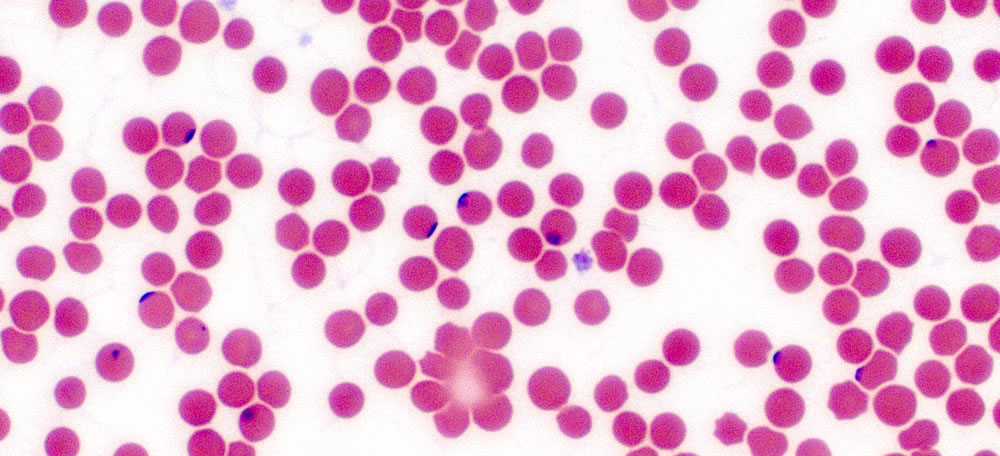Babesia is a malaria-like parasite
Babesiosis is a disease caused by infection with Babesia. Babesia is a malaria-like parasite, also called a “piroplasm,” that infects red blood cells. Scientists believe Babesia microti is the most common piroplasm infecting humans, but they have identified over twenty piroplasms carried by ticks. In addition to transmission by a tick, babesia can be transmitted from mother to unborn child or through a contaminated blood transfusion. Currently, most blood banks do not screen donated blood for babesia.
The First Case Of Babesiosis
The first case of babesiosis was reported from Nantucket Island, Massachusetts, in 1969. Since the late 1980s, the disease has spread from the islands off the New England coast to the mainland. Cases have also been reported across the United States, Europe, and Asia.
Symptoms Of Babesiosis
Symptoms of babesiosis are similar to those of Lyme disease but babesiosis more often starts with a high fever and chills. As the infection progresses, patients may develop fatigue, headache, drenching sweats, muscle aches, chest pain, hip pain and shortness of breath (“air hunger”). Babesiosis is often so mild it is not noticed but can be life-threatening to people with no spleen, the elderly, and people with weak immune systems. Complications include very low blood pressure, liver problems, severe hemolytic anemia (a breakdown of red blood cells), and kidney failure.
Babesiosis Diagnosis and Treatment
Sometimes, babesia can be detected in blood examined under a microscope. However, this method is reliable only in the first two weeks of the infection. Commercial tests currently detect only two strains of Babesia and there are likely many strains yet to be discovered. The PCR (polymerase chain reaction) test can detect babesia DNA in the blood. The FISH (Fluorescent In-Situ Hybridization) assay can detect the ribosomal RNA of Babesia in thin blood smears. The lab can also test the patient’s blood for antibodies to Babesia. It may be necessary to run several different tests, and negative results should not be used to rule out treatment.
Babesiosis is typically treated with a combination of anti-malarial drugs and antibiotics. Relapses sometimes occur after treatment and must be retreated.
Learn more about Babesia
The CDC has known since 1979 that Babesia causes transfusion-transmitted infection in the US.
LYME SCI: Babesia and the blood supply
The CDC has known for years that relatively healthy individuals infected with Babesia can unknowingly donate contaminated blood. However, it wasn’t until 2011 that the CDC set a standard for surveillance and made babesiosis a reportable illness.
Babesia, or Babesia-like organisms (BABLO) primarily affect the brain and autonomic nervous system.
TOUCHED BY LYME: A close look at six Lyme-related infections:
Ticks can cause more than Lyme disease: Instead of being infected with one errant pathogen, patients may have several diseases at once, causing a weird complex of symptoms that are difficult to sort out.


















